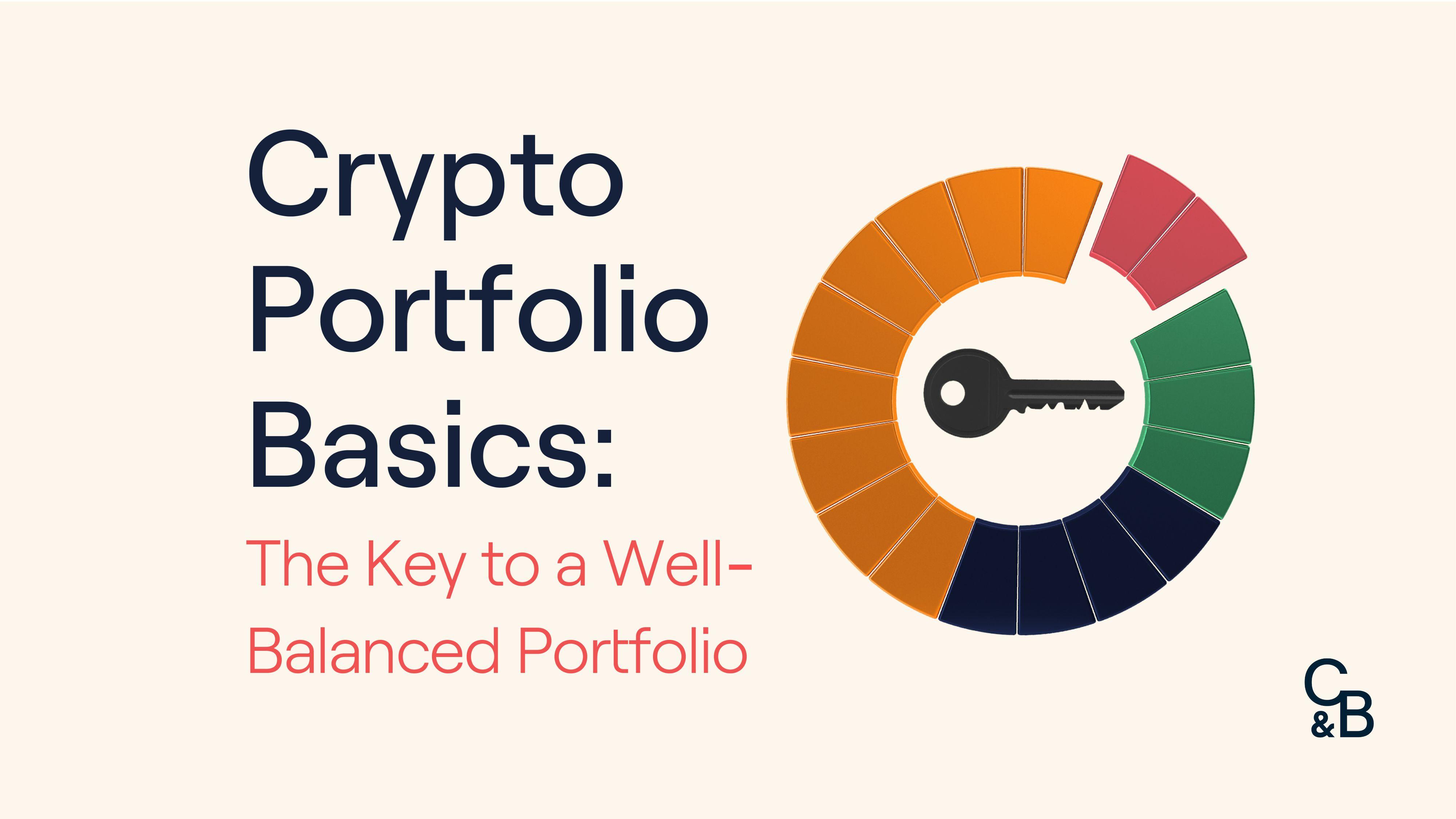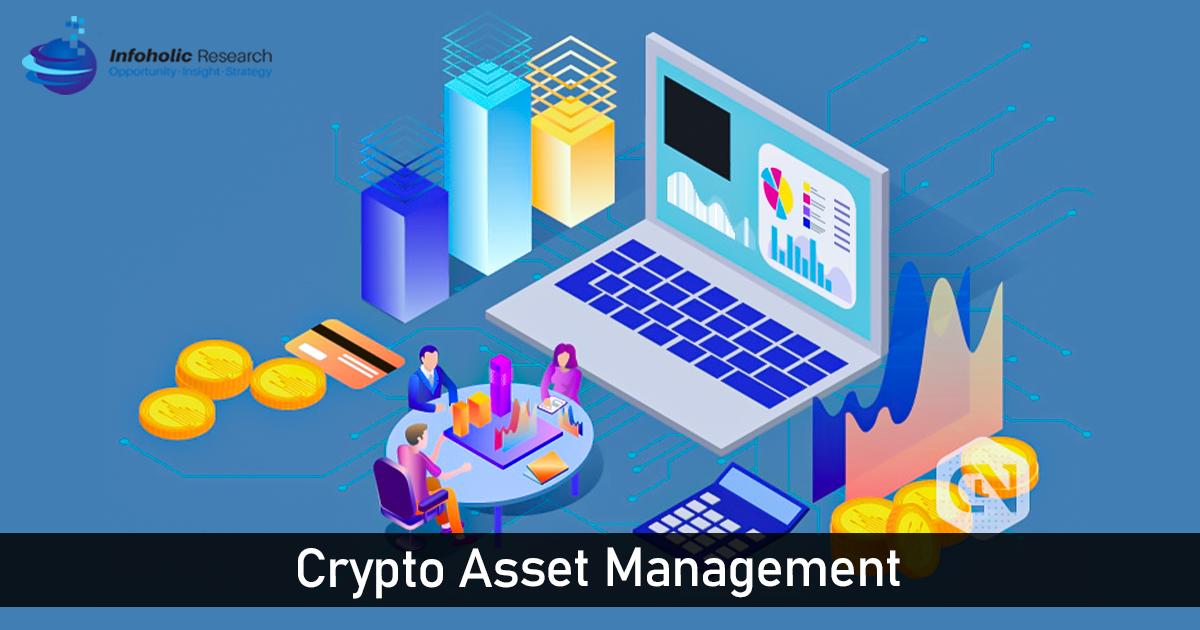In an era defined by rapid technological advancements and shifting financial landscapes, the world of cryptocurrency stands at the forefront of innovation and uncertainty. As digital currencies gain traction and blockchain technology continues to reshape traditional economic structures, the need for robust crypto asset management has never been more critical. “Navigating the Future: Understanding Crypto Asset Management” aims to illuminate the complexities of managing digital assets in a volatile market, offering insights into effective strategies, potential pitfalls, and the evolving regulatory landscape. Whether you’re a seasoned investor or a curious newcomer, this exploration will equip you with the knowledge to navigate the dynamic terrain of crypto assets, empowering you to make informed decisions in a realm where the only constant is change. Join us as we delve into the intricacies of crypto asset management and chart a course through the uncharted waters of the digital economy.
Exploring the Landscape of Crypto Assets and Their Unique Characteristics
Crypto assets encompass a broad array of digital currencies and tokens, each bringing its own set of characteristics that influence their valuation and use cases. Bitcoin, the pioneering cryptocurrency, is often compared to digital gold, primarily used as a store of value. In contrast, Ethereum facilitates smart contracts and decentralized applications, paving the way for innovative financial solutions. Other types of crypto assets, such as stablecoins, aim to maintain a price peg to traditional currencies, addressing volatility—one of the sector’s biggest challenges. Understanding these differences is critical for effective asset management, as they dictate the strategies investors might adopt in response to market fluctuations.
The decentralized finance (DeFi) ecosystem has also emerged as a pivotal force, significantly impacting how crypto assets function and integrate into the broader financial landscape. Key distinctions in crypto assets include:
- Security Tokens: Represent ownership in a real-world asset, often subject to regulatory oversight.
- Utility Tokens: Provide users with access to a product or service within a specific platform.
- Non-Fungible Tokens (NFTs): Unique digital items that are indivisible and often used for art, gaming, and collectibles.
Let’s delve into a brief comparison of select crypto assets to further illuminate their unique properties:
| Asset Type | Use Case | Market Functionality |
|---|---|---|
| Bitcoin | Store of Value | Limited supply, deflationary |
| Ethereum | Smart Contracts | Open-source platform for dApps |
| Stablecoins | Price Stability | Bridges fiat with crypto |
| NFTs | Digital Ownership | Unique digital assets |

Strategies for Effective Risk Management in Crypto Investments
Effective risk management in crypto investments requires a multifaceted approach that balances potential rewards with the inherent volatility of the market. One fundamental strategy is diversification, which minimizes exposure to any single asset’s risks by spreading investments across various cryptocurrencies, stablecoins, and perhaps even traditional assets. This can help create a buffer during market downturns. Additionally, setting stop-loss orders allows investors to automatically sell their assets at predetermined prices, thereby limiting potential losses. These tactical approaches support a more resilient investment strategy.
Another key aspect is regularly monitoring market trends and staying informed about regulatory news, technological developments, and macroeconomic factors that can impact the crypto landscape. Utilizing budgeting techniques is also critical; investors should only allocate funds that they can afford to lose and establish a clear investment plan that defines their entry and exit points. Adopting these practices will enhance your ability to navigate fluctuations and embrace opportunities within the dynamic crypto market.

Building a Diversified Crypto Portfolio: Balancing Innovation with Stability
Creating a successful crypto portfolio involves a careful blend of innovative projects and stable assets. Innovation in the cryptocurrency world is rapidly evolving, with new technologies emerging constantly. When selecting assets, consider those that are backed by solid use cases and robust communities. Some potential innovative options might include:
- Decentralized Finance (DeFi) tokens that enable lending and borrowing without intermediaries.
- Non-Fungible Tokens (NFTs) that offer unique ownership of digital assets.
- Layer 2 solutions aimed at enhancing scalability and reducing fees on established blockchains.
However, balancing this cutting-edge enthusiasm with stability is crucial for long-term resilience. Stablecoins, for instance, can provide a safe harbor during market volatility, while well-established cryptocurrencies like Bitcoin and Ethereum can stabilize your portfolio. A diversified approach might look like:
| Asset Type | Examples | Purpose |
|---|---|---|
| Innovative Assets | Chainlink, Uniswap | Growth potential |
| Stable Assets | USDC, Bitcoin | Risk mitigation |
| Traditional Investments | ETFs, Commodities | Diversification |

Embracing Regulatory Changes: Adapting to the Evolving Crypto Compliance Environment
The landscape of cryptocurrency regulation is shifting rapidly, compelling asset managers to recalibrate their strategies to stay compliant and competitive. As authorities worldwide unveil stringent frameworks, a proactive approach is crucial for navigating the complexities of compliance. Key strategies for embracing these changes include:
- Continuous Education: Engage in ongoing training programs to stay informed about the latest regulations.
- Collaboration with Experts: Work closely with legal and compliance advisors who specialize in the crypto sector.
- Implementing Advanced Technology: Utilize compliance software solutions that offer real-time monitoring and reporting capabilities.
Moreover, the emphasis on transparency and accountability necessitates that crypto asset managers adopt robust operational frameworks. By developing clear policies and procedures that align with regulatory expectations, firms can mitigate risks and build trust with stakeholders. Consider the following best practices to foster a culture of compliance:
| Best Practices | Description |
|---|---|
| Regular Audits | Conduct periodic reviews to ensure adherence to compliance standards. |
| Risk Assessment | Identify and evaluate potential compliance risks proactively. |
| Effective Communication | Maintain open lines of dialogue with regulators and stakeholders. |
Insights and Conclusions
As we stand at the crossroads of traditional finance and the digital frontier, the landscape of crypto asset management continues to evolve, presenting both opportunities and challenges. Navigating this intricate realm requires a blend of knowledge, strategy, and adaptability. The tools and frameworks discussed in this article serve as a compass, guiding both seasoned investors and newcomers alike through the complexities of managing digital assets.
In an age where technology and finance intertwine more closely than ever, being proactive and informed will not only enhance your portfolio but also empower you to make decisions that align with your financial aspirations. As you embark on your journey in crypto asset management, remember that the future is unwritten—each choice you make today lays the groundwork for tomorrow’s potential.
Stay curious, stay informed, and embrace the wave of innovation ahead. The future of finance is not just about surviving the changes; it’s about thriving within them. Happy investing!



